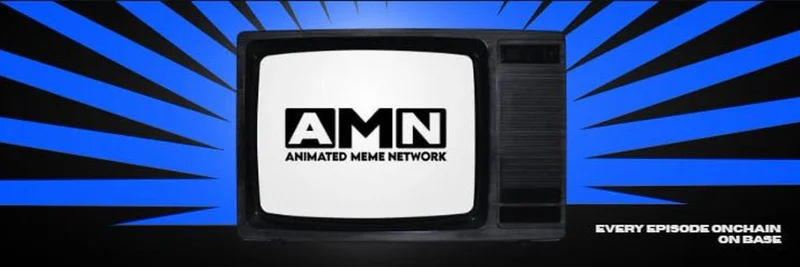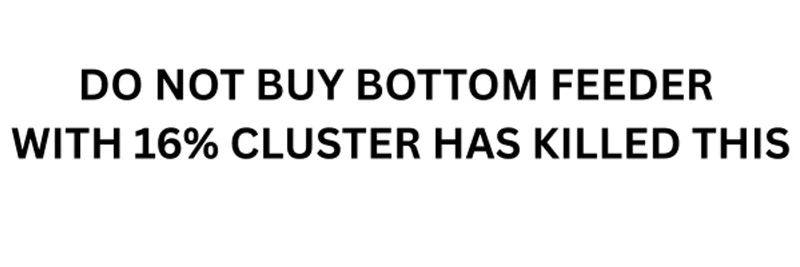The PONZI token on Solana has gained attention for its provocative name and meme-worthy branding. But beneath the surface, what does this coin offer—and what are the risks? Let’s break down its background, economic model, market data, community response, and why you need to tread carefully.
What Is the PONZI Token?
PONZI is a Solana Program Library (SPL) token, meaning it's built using Solana’s standard for fungible tokens. Unlike utility coins or tokens linked to clear projects, PONZI leans heavily into satire, referencing the classic Ponzi scheme. Its branding and description openly acknowledge the cyclical, exploitative patterns often found in financial scams—almost as if making a tongue-in-cheek commentary on the memecoin space itself.
You’ll find the token’s description on platforms like DEX Screener and CoinGecko focusing on the “financial circus” and the endless loop where “investments of the many serve the gains of a few.” This isn't your average crypto pitch; it’s more like self-aware meme culture in blockchain form.
Token Details at a Glance
- Name: Ponzi Coin (or sometimes “ponzi scheme”)
- Symbol: PONZI
- Contract Address:
PNeZtT8TrKSkMCYamwymQsbENKvuiXu2kgqmNsXvQUT - Blockchain: Solana
- Type: SPL Token
- Supply: Around 999.22 million PONZI tokens are in circulation, with sources sometimes citing up to 1 billion.
- Holders: Depending on the tracker, there are between 266 and over 3,000 holders.
- Exchanges: Mostly traded on Raydium, Orca, and visible in wallets like Phantom.
Please always double-check contract addresses before interacting—multiple “PONZI” tokens may exist!
Market Snapshot (as of July 2025)
- Price: Fluctuates between $0.00000612 and $0.00004780 across platforms. Prices are highly volatile—even trackers like Phantom, DEX Screener, and CoinGecko show inconsistencies.
- Market Cap: Ranges from $6,000 (Phantom) up to $5.2 million (community posts/X), highlighting not just volatility but confusion over which token is being measured.
- Trading Volume: Swings wildly, with daily activity sometimes as low as $5 or as high as $265K.
- Liquidity: Notably thin—$32,000 on some DEXes means price manipulation is a real risk.
This variability signals a lack of stable or robust markets and hints at the memecoin's highly speculative nature.
Tokenomics: “Patience Game” and Transaction Tax
One of PONZI’s most notorious features is its unusually high transaction tax, reportedly up to 80% for a time. That means buying or selling can result in a massive cut being taken from your trade—an anti-bot and anti-speculator measure that turns trading PONZI into a high-stakes patience game. This tax structure discourages quick flips and rewards those who hold long-term, at least in theory.
Community chatter (especially on X, formerly Twitter) also mentions features like:
- Locked Supply: As much as 81.5% of tokens allegedly locked for 99 years—though this isn’t independently verified.
- Reward Mechanism: Some posts describe rewards that increase if the token’s total value locked (TVL) grows and decrease if it shrinks. However, details are unclear, and these features haven’t been formally documented.
Bottom line: The economic model is more about experimental fun and hype than practical use or innovation.
Risks and Red Flags
Let’s call it straight: The word “Ponzi” is a warning sign in itself. Here’s what you should know:
- No Real Utility: There’s no official website, no whitepaper, and no clear development team. The token exists primarily as a speculative meme coin, not a functional ecosystem player.
- Unverified Status: Wallets like Phantom tag it as “unverified” and warn you to only interact if you trust the source.
- Extreme Volatility: Low liquidity plus hype means prices can crash or pump instantly, and are easily manipulated by large holders.
- Potential Exit Scams: The lack of transparency, combined with an “anything goes” branding, makes this an obvious candidate for classic rug-pull or exit scam scenarios.
- Ponzi-Like Characteristics: With high rewards promised for holding (and sometimes for referring friends), plus reliance on new buyers to boost existing holders, the structural similarity to classic Ponzi schemes is hard to ignore—even if the team claims satire.
- Solana’s Ecosystem Risks: Solana itself has faced network outages, wallet hacks, and ongoing SEC scrutiny regarding securities classification, all of which are additional ecosystem risks for holders.
If you’re considering PONZI, treat it as a meme-driven lottery ticket, not an investment.
Community Buzz
On X and Reddit, reactions range from hype and wild speculation (“ape in!”) to warnings and post-mortems of lost funds. “Patience game” memes and anti-sniper mechanisms are common discussion points. However, the lack of any verified documentation or ongoing project leadership has led to skepticism, with experienced users recommending scam-detection tools like Sniperoo.
For more raw data and real-time price checks, see:
How Does PONZI Compare to Other Solana Tokens?
Unlike established tokens such as Tether (USDT) or SOL, which have real-world use cases and massive market caps, PONZI is niche and intentionally provocative. Its all-in bet on meme status and high transaction taxes make it a curiosity among seasoned memecoin traders, but not a credible investment for most. Even among meme tokens, it stands out for its embrace of “ponzi” aesthetics, echoing some of the experimental or satirical projects you’ll see launched on pump.fun.
Tips for Staying Safe in Meme Token Markets
- Double-Check Contract Addresses: Always confirm you’re interacting with the correct token.
- Research Before You Buy: Never invest based solely on hype or FOMO—dig into forums, community sentiment, and independent audits if available.
- Use Scam Detection Tools: Platforms like Sniperoo can help spot tokens with high tax or malicious code.
- Understand the Tax: High transaction taxes like PONZI’s can wipe out gains and limit trading—don’t get caught off guard.
- Secure Your Wallets: Use reputable wallets, never share seed phrases, and watch out for phishing.
Discovering Meme Tokens with Analytics Tools
For traders wanting to dig deeper into meme coins like PONZI, platforms such as GMGN.AI offer advanced analytics, smart money tracking, and security checks, making it easier to navigate risky markets. While GMGN.AI is not necessary to trade PONZI, it does provide robust research and monitoring features for Solana-based meme tokens.
In Summary
The PONZI token exemplifies meme coin culture at its most satirical and risky. It’s designed for speculative play, not investment fundamentals. If you’re intrigued by its tongue-in-cheek narrative, enter with eyes wide open: be ready for wild price swings, little transparency, and the ever-present possibility of total loss. In the world of meme coins, humor and hype are as common as risk and regret—so caution is always your best friend.




